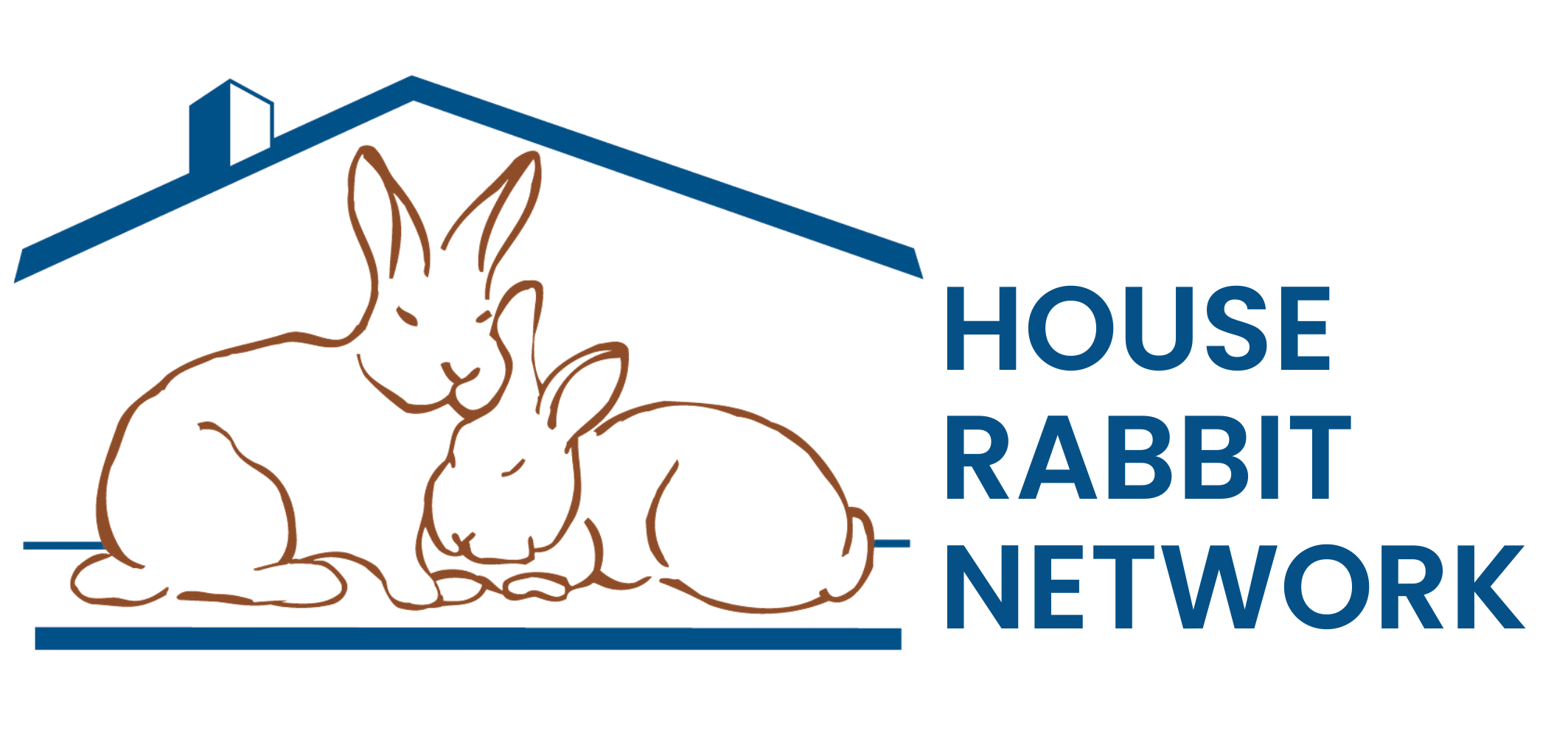Anesthesia and the Rabbit
Anesthesia (literally “an”=without “esthesia”=feeling) has an almost voodoo aura to it that frightens and intimidates many people. However, anesthesia is truly a science and an art, as well as a necessary medical tool. It allows veterinarians to work on a motionless, pain-free animal for dental procedures, testing, and surgery. Most anesthesia starts with fasting so the patient does not vomit or regurgitate while the swallowing reflex is depressed. If an unconscious or semi-conscious animal vomits, it can inhale the food and stomach acid, which causes aspiration pneumonia. Rabbits, however, should not be fasted more than four hours since they are physically incapable of vomiting and the most common post-anesthetic problem is intestinal stasis. Keeping the gut moving with a high roughage diet is essential.
Before the patient is induced (made unconscious), a pre-medication is given as an intramuscular injection. This sedates the animal so that an intravenous catheter can be placed and smoothes the recovery from general anesthesia while providing pain relief. A common drug combination used in rabbits is butorphanol (Torbutrol/Torbugesic) and midazolam (Versed). Butorphanol is an opioid, that has analgesic (pain-killing) as well as sedative properties. Midazolam is related to diazepam (Valium), and produces sedation and muscle relaxation.
After an IV catheter is placed, anesthetic induction takes place. Some veterinarians put the rabbit in a clear plastic chamber with an inlet for anesthetic gases. The chamber is filled with gas until the rabbit is unconscious. Other veterinarians prefer to induce with injectable drugs. Common induction agents are propofol or a combination of ketamine (Ketaset), midazolam, and xylazine. Propofol is a new drug that is expensive but relatively safe, but it is not known how the drug works. Ketamine is a dissociative drug that is analgesic and causes amnesia, and is very useful because it is the only drug that does not depress cardiovascular function (most other anesthetic drugs slow the heart and respiratory rate). Xylazine stimulates the alpha-2 receptors in the body, causing muscle relaxation, sedation and analgesia.
When the patient is unconscious, a mask or an endotracheal tube is used to hook the patient up to an anesthetic machine for maintenance of anesthesia, unless the procedure will be short like molar spur trimming so that the anesthesia from the injectable drugs will last long enough. Endotracheal tubes are soft plastic tubes that are placed from the mouth down the trachea. They are always used in dogs and cats, but not always used in rabbits because of difficulty in placement, since rabbits have a long palate and a fat tongue. Rough intubation can also traumatize the larynx (at the back of the throat) and cause breathing problems. However, endotracheal tubes make artificial respiration possible in case of an anesthetic emergency.
The anesthetic machine mixes oxygen with an adjustable percentage of anesthetic gas. The most commonly used inhalant anesthetic is isoflurane, although some practices are starting to use sevoflurane, which has the advantage of quicker induction of and recovery from anesthesia. The anesthetist monitors heart and respiratory rate, blood pressure if possible, as well as anesthetic depth. Some veterinary practices have pulse oximeters, that measure the saturation of hemoglobin with oxygen. Vigilant monitoring is key to safer anesthesia.
Recovery from anesthesia is ideally smooth, with a pain-free patient resting quietly. As soon as the patient begins to swallow, the endotracheal tube is removed. The patient is placed on a heat source if necessary, and allowed to recover in a quiet, dark area. Rabbits should be offered hay as soon as possible to prevent post-operative ileus or gut stasis. Anesthesia in healthy rabbits is relatively safe, although unfortunately complications occur more often than in dogs and cats. The key is to find an experienced veterinarian who is knowledgeable about rabbits and dedicated to providing the best possible care.
by Astrid Kruse, DVM
